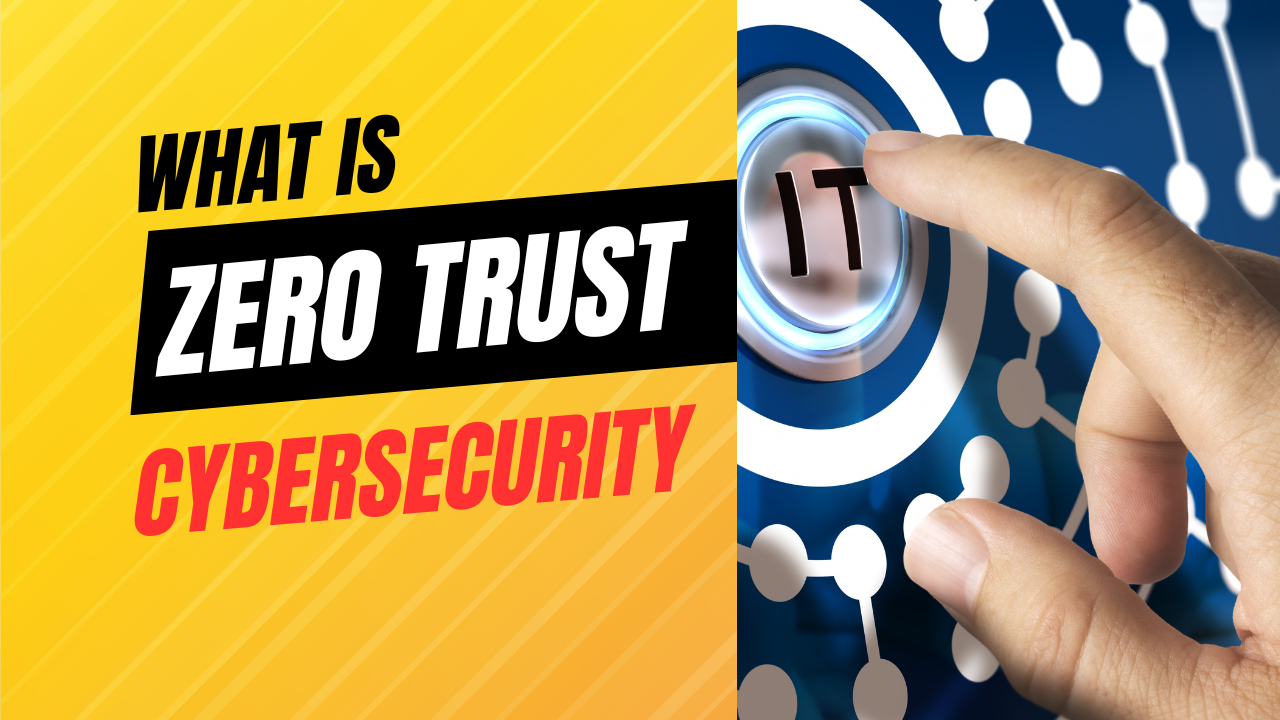In today’s interconnected digital world, cybersecurity has become a critical concern for individuals and organizations alike. With the rise of sophisticated cyber threats and the increasing complexity of IT systems, traditional security models that rely on perimeter-based defenses are no longer enough to safeguard against modern threats. This is where Zero Trust comes in, offering a revolutionary approach to security that assumes that all network traffic is potentially malicious and requires verification before granting access.
What is Zero Trust?
Zero Trust is a security model that was first introduced by Forrester Research in 2010. It is based on the principle of “never trust, always verify” and assumes that all network traffic, whether internal or external, is potentially malicious. Instead of relying on perimeter-based defenses, Zero Trust requires organizations to authenticate and authorize every access request, regardless of the user’s location or the network’s location.
The Zero Trust model is built on four key principles:
- Verify explicitly: All access requests are verified and authenticated before access is granted. This includes verifying the identity of the user, device, and application requesting access.
- Least privilege access: Users are granted the minimum level of access required to perform their job functions. This limits the scope of potential damage that can be caused by a compromised account.
- Assume breach: The Zero Trust model assumes that the network has already been breached, and therefore every access request must be verified before access is granted.
- Micro-segmentation: The network is segmented into smaller, more manageable parts, which can be more easily monitored and controlled. This limits the spread of potential breaches and makes it easier to identify and contain them.
Why is Zero Trust important?
The traditional perimeter-based security model is no longer effective in today’s threat landscape. With the rise of cloud computing, mobile devices, and remote workforces, organizations can no longer rely on a firewall to keep attackers out. Instead, attackers are increasingly targeting individual users and devices, using tactics such as phishing attacks and social engineering to gain access to sensitive information.
The Zero Trust model offers a more comprehensive approach to security, focusing on securing the data and the users rather than the perimeter. By assuming that all network traffic is potentially malicious, organizations can implement a more proactive approach to security, identifying and containing threats before they can cause significant damage.
Implementing Zero Trust
Implementing a Zero Trust model requires a significant shift in mindset and requires organizations to adopt new technologies and processes. Some key steps to implementing Zero Trust include:
- Identifying critical data and assets: Organizations must identify the data and assets that are most critical to their business operations and prioritize their protection.
- Implementing multi-factor authentication: Multi-factor authentication adds an extra layer of security by requiring users to provide more than one form of identification, such as a password and a biometric factor.
- Adopting a least privilege access model: Organizations must adopt a least privilege access model, which limits the access that users have to sensitive data and applications.
- Applying micro-segmentation: Micro-segmentation allows organizations to divide their network into smaller, more manageable parts, which can be more easily monitored and controlled.
- Monitoring and analyzing traffic: Organizations must monitor and analyze all network traffic to detect potential threats and anomalous behavior.
Zero Trust is a revolutionary approach to security that can help organizations protect against modern cyber threats. By assuming that all network traffic is potentially malicious and requiring verification before granting access, organizations can implement a more proactive approach to security that focuses on protecting the data and the users rather than the perimeter. While implementing a Zero Trust model requires a significant shift in mindset and new technologies and processes, the benefits in terms of enhanced security are well worth the effort. If you’re interested in implementing a Zero Trust model for your organization, call Slick Cyber Systems 570-251-8888, or visit us online at www.slickcybersystems.com .






